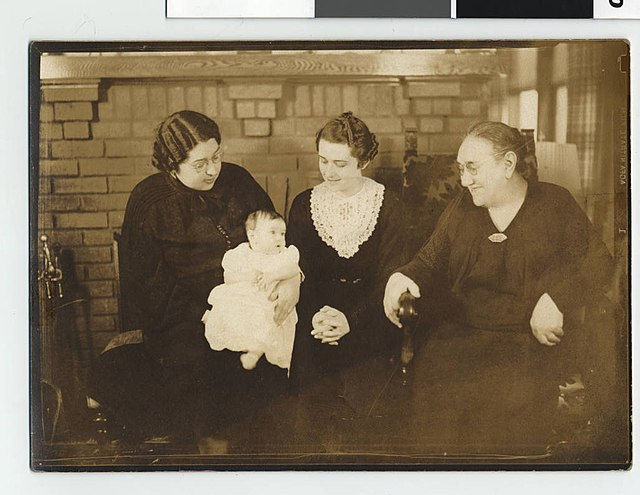You Have Your Mother's... Trauma?
- Logan Sibbald

- Apr 3
- 3 min read
How can you explain a deep-seated, torturous fear of something that you have never experienced? Moreover, if your parents suffered through unimaginable abuse as children and, to this day, refuse to ever talk about it, then why do you endure sweat-fuelled night terrors and constant existential dread? These are the questions posed by individuals suffering from intergenerational trauma — a condition characterised by the transmission of post-traumatic stress disorder (PTSD) from parent to offspring.
Examples of this can be seen in the children of the survivors of the 1994 Rwandan genocide, which saw one million people killed over the course of just three months. With 41 per cent of survivors suffering from PTSD, female survivors showed lower levels of cortisol (the hormone which regulates the stress response) than Rwandan women who were not exposed to the genocide. Moreover, the children born to mothers who lived through the genocide, despite being in the womb at the time, also showed lower levels of cortisol compared to children born to mothers who did not. Moving from one generation to the next, this trauma was associated with a particular chemical modification in a gene involved in cortisol signalling in both parent and offspring, highlighting a biological mechanism in our genes responsible for the transfer of trauma.
The amount of DNA in our bodies could stretch to the sun and back four times but is limited to our cells and thus tightly wound into kiss-shaped structures called chromosomes. This ensures that our genes are well-organised and that our cells have precise control over which genes are activated and which are silenced in response to environmental stimuli, development, and disease. This control over gene expression by modulating how tightly DNA is wrapped in chromosomes is termed epigenetics and differs from traditional genetics in that it does not physically alter DNA itself, just its accessibility.
It is analogous to a family recipe scribbled on a sticky note: in your grandmother’s possession, it held pride of place on the kitchen fridge, responsible for regular trays of lasagne; now, in your house, it is crumpled and stuffed to the back of the cutlery drawer. The recipe instructions themselves have not been altered — their ease of use has, and this may change as they are passed from one generation to the next. In this way, epigenetic modifications serve as a biological memory, indicating whether a gene was active or silent in the past and influencing its expression in the present.

Considering this, another example of how epigenetics may influence the PTSD-like biology of subsequent generations is that of Holocaust survivors and their children. In this case, however, the epigenetic modifications conferred to children were associated with fewer PTSD-like symptoms than were observed in their mothers. Underpinning this observation was the fact that, while mothers exposed to the Holocaust during childhood showed increased methylation (a form of epigenetic modification) in a gene called FKBP5, the opposite was seen in the same gene in their offspring. Since FKBP5 encodes a protein that is also involved in regulating the stress response, relieving its repression by lowering methylation levels has been suggested to promote resilience and awareness. As such, the epigenetic profile of a new generation may be adjusted so that it can better adapt to the challenges faced by a previous one.
These propositions are all putative, however, and their validation will rely on experiments being replicated in larger cohorts and the discernment of the impact that additional factors, like the womb’s environment, may have on gene expression. Nonetheless, the concept that our lives — for better or worse — are affected by the experiences of our parents, and their parents before them, is both profoundly intriguing and unsettling.
Image by Wikipedia Commons







Comentários